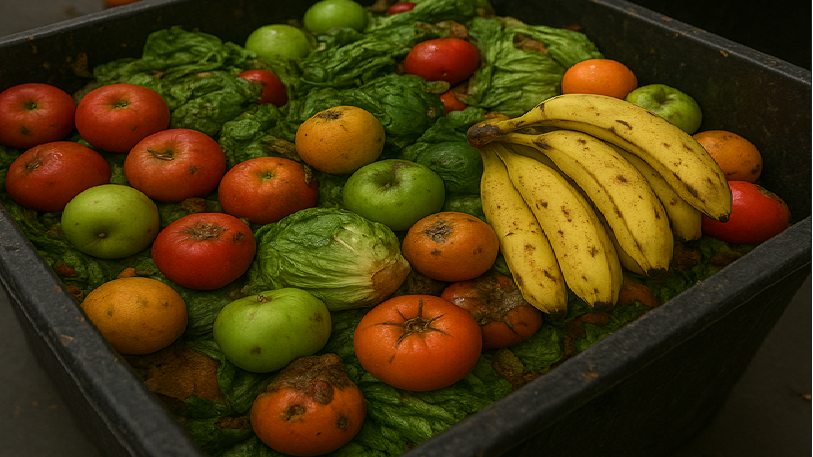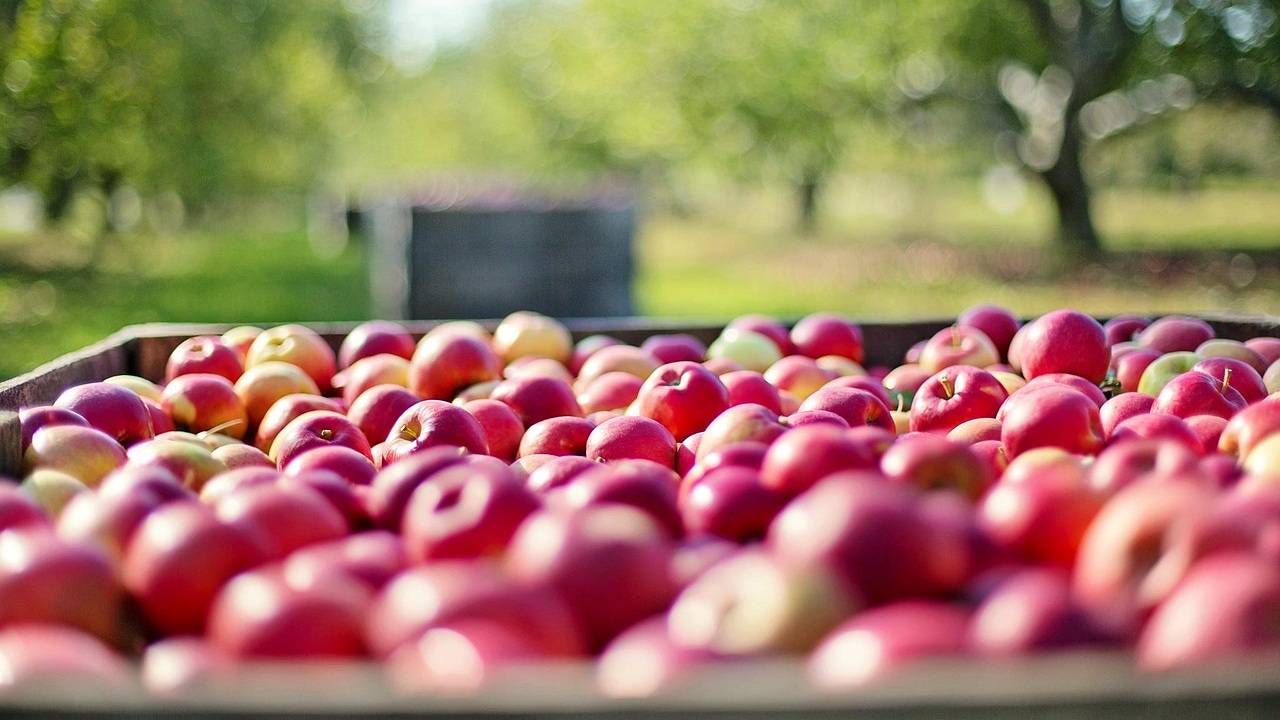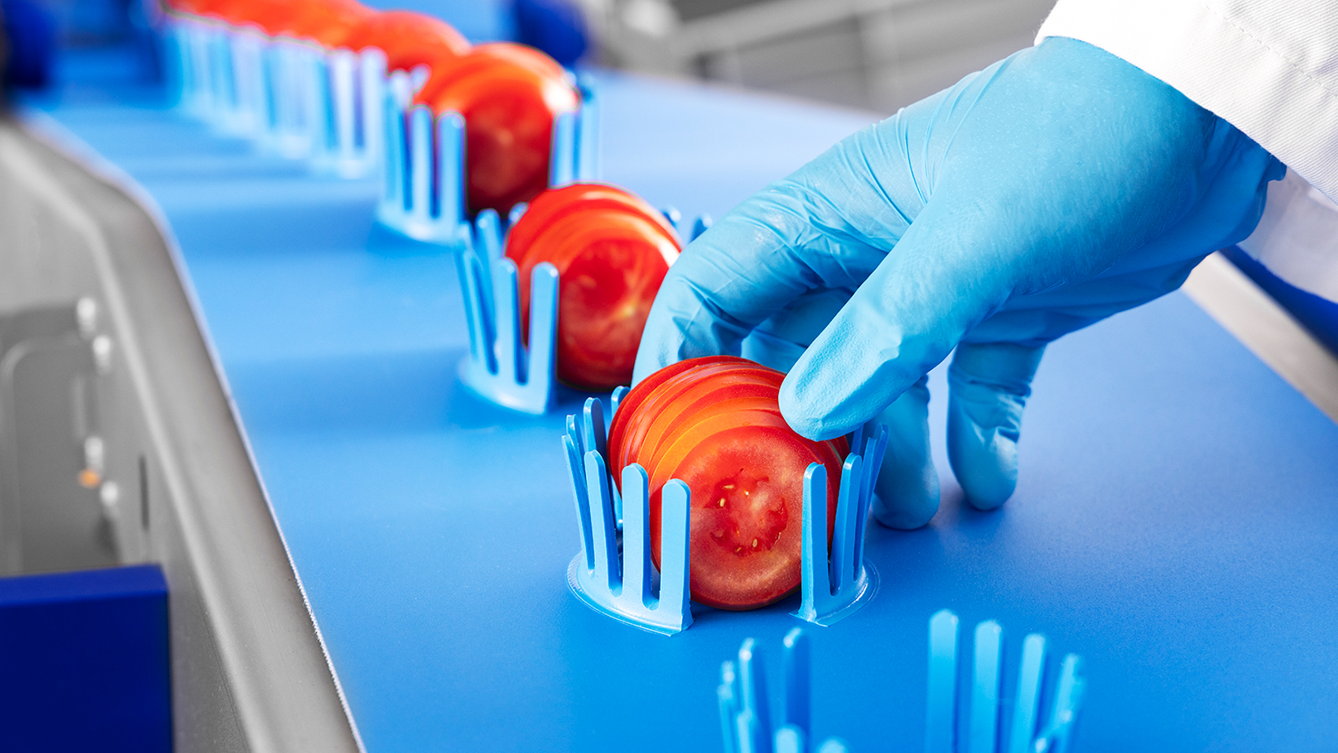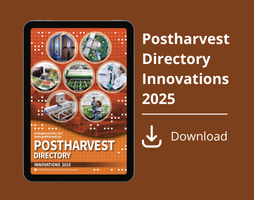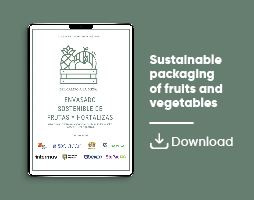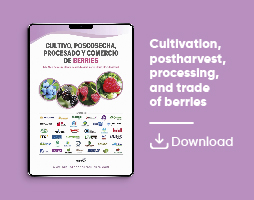Actualidad
Cold storage, the key to extending garlic's shelf life up to 120 days
Research confirms that cold storage inhibits premature sprouting and drastically reduces weight loss, ensuring the bulb's commercial quality for four months.
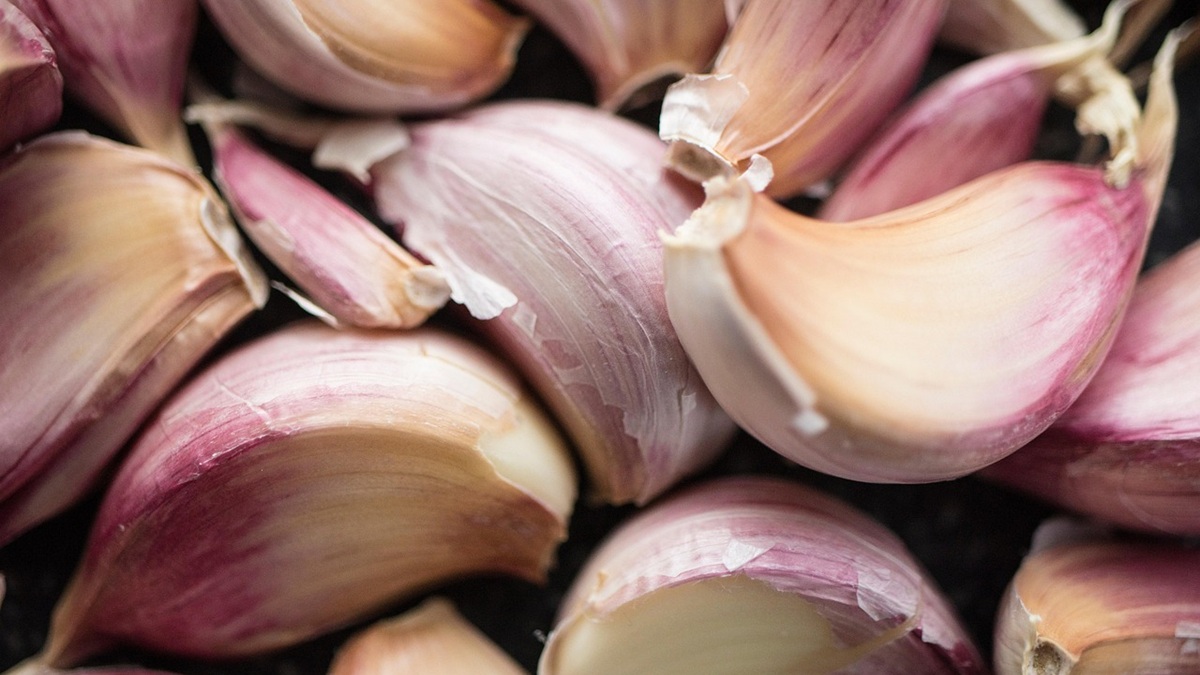
Efficient post-harvest management is essential for garlic producers to maximize their profits, especially by selling the product out of season.
A recent study published in the journal Horticultura Argentina analyzed the behavior of the visual dormancy index and physicochemical factors in garlic bulbs (Allium sativum L.) under different storage conditions, confirming the efficacy of cold storage as a superior method to ambient temperature conservation.
Delaying Sprouting and Combating Dehydration
Post-harvest deterioration of garlic is characterized by two main phenomena: premature sprouting and water loss. The results of the study were conclusive:
- Reduced Weight Loss. Weight loss was significantly greater in garlic stored at ambient temperature (AT) compared to cold storage (CS). Low temperatures slow down metabolic processes, minimizing respiration and dehydration.
- Maintenance of Dormancy. The visual dormancy index (VDI) was better (less sprouting) in refrigerated bulbs. Cold is crucial for maintaining dormancy, allowing the bulbs to retain their structure and fitness for consumption for up to 120 days.
Chemical Stability: The Preservation of Sugars and Acids
The study not only evaluated the physical factors but also delved into the internal chemistry of the bulb, using total soluble solids (TSS), total titratable acidity (TTA), pH, and the ripening index (RI) to measure quality.
TSS (Degrees Brix), which primarily measure sugar content, are a vital energy reserve for the bulb. A high decrease in TSS indicates that the garlic is consuming its reserves at an accelerated rate, generally to initiate sprouting. By keeping the garlic in cold storage, the metabolism and the consumption of these sugars are slowed down, contributing to a longer shelf life and the preservation of flavor.
Acidity Control and Food Safety
pH and TTA are essential for organoleptic quality and safety. The significant differences found in these parameters, depending on the caliber and type of storage, suggest that cold is key to maintaining the stability of organic acids.
While the TTA (Total Titratable Acidity) quantifies the acids present, the pH directly influences enzymatic activity and susceptibility to microorganism proliferation. A stable RI (Ripening Index), which relates TSS/TTA, is an indicator that the flavor (sweet-acid balance) and metabolic quality of the bulb are being optimally preserved under cold conditions.
Figure 4 illustrates the behavior of the Total Titratable Acidity (TTA) and the Ripening Index (RI) in garlic bulbs over 120 days of storage, differentiated by caliber and treatment
The research highlights that caliber 9 (larger bulbs) accumulated a greater Total Titratable Acidity (TTA) than caliber 6, a trend that was accelerated by temperature variation. The graph data show that cold storage with a break in the cold chain increased TTA more than other treatments. However, despite these changes, the RI (Ripening Index) (sweet/acid ratio) remained remarkably stable in the cold treatments throughout the storage period, confirming that cold storage is key to preserving the commercial quality and flavor profile of garlic in the long term.
Conclusion for the Industry
The research results confirm that cold storage is the most robust post-harvest technology for extending garlic's shelf life. By successfully controlling sprouting and preserving the internal physicochemical compounds, it ensures that farmers can access wider market windows and obtain fairer prices outside of the harvest season.
References
Figueroa-González, J. J., Sánchez-Toledano, B. I., Cid-Ríos, J. Á., & Herrera, M. D. (2025). Comportamiento del índice visual de dormición y factores fisicoquímicos en bulbos de ajo (Allium sativum L.) almacenados por frigoconservación. Horticultura Argentina, 44(114), 128-138.


